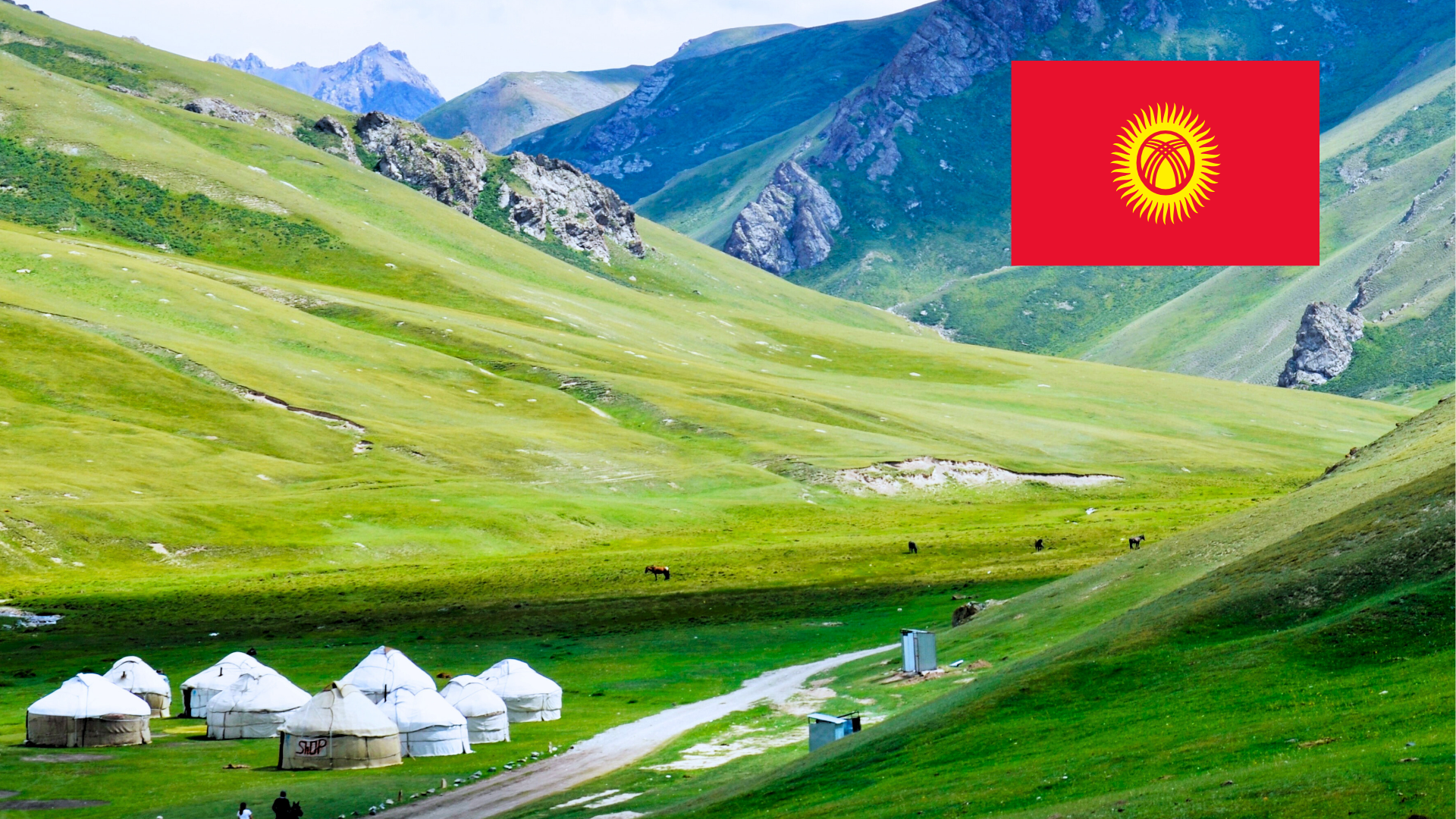The Central Asian republic of Kyrgyzstan has seen growing interest from international travellers for years. Now the country wants to drive its tourism development forward with a flagship project: Three Peaks – a planned winter sports resort set to become the largest ski resort in Central Asia.
Tourism is booming – new records in 2024
Last year, around 3.7 million foreign visitors came to Kyrgyzstan – more than twice as many as in 2019, the year before the coronavirus pandemic. For the first time, their spending exceeded 1 billion US dollars. Nature-focused destinations such as Lake Yssyk-Köl – the world’s second-largest high-altitude lake – are especially popular. For many visitors from the post-Soviet region, it is a cost-effective alternative to a beach holiday. Guests from more distant countries such as China, Germany and the United Arab Emirates are also increasingly discovering Kyrgyzstan as a holiday destination.
Three Peaks: major project with international appeal
A central project of the Kyrgyz tourism strategy is the construction of the Three Peaks ski resort, which is to be built in the south of the Yssyk-Köl in the coming years. It comprises the regions of Jyrgalan, Ak-Bulak and Boz-Uchuk. There are plans for 36 cable cars, which will provide access to a total of over 200 kilometres of ski runs. This should enable the resort to accommodate up to 850,000 winter sports guests per year in future – many times more than existing ski resorts in the country.
The total investment volume is projected at approximately 1.2 billion US dollars. Around 500 million of this is to come from state funds and international funding sources. A further 700 million US dollars are earmarked for investment in hotels and tourism infrastructure by private companies. Construction is scheduled to begin in 2025 and the first pistes could go into operation as early as 2027. Full completion is planned within seven to eight years.
New impetus for sustainable tourism
In addition to the alpine sector, Kyrgyzstan also wants to further develop ecotourism. The United Nations Development Programme (UNDP) has been supporting local families for years in setting up environmentally friendly accommodation – such as yurt camps with solar panels, modern sanitary facilities and waste separation systems. The Deutsche Gesellschaft für Internationale Zusammenarbeit (GIZ) is also active locally with projects in the field of sustainable tourism.
There are still challenges in the area of waste management, as recent reports emphasise. Legal adjustments, targeted training and financial incentives are needed here in order to establish environmentally friendly practices in the long term.
International connection improves
Parallel to the infrastructure expansion, the Kyrgyz government is endeavouring to improve international connections. For example, Chinese tour groups have been exempted from visa requirements. Talks are underway with India, the Qatari aviation hub Doha and neighbouring Tajikistan about new direct flights. The latter has been accessible by air again since spring 2025 after a long break – a diplomatic breakthrough after decades of strained relations.
At the same time, Kyrgyzstan is stepping up international outreach. Several foreign delegations are scheduled to visit in 2025 – including two from Germany – to explore the Kyrgyz market and assess opportunities for tourism cooperation.
Source: GTAI (in German)






